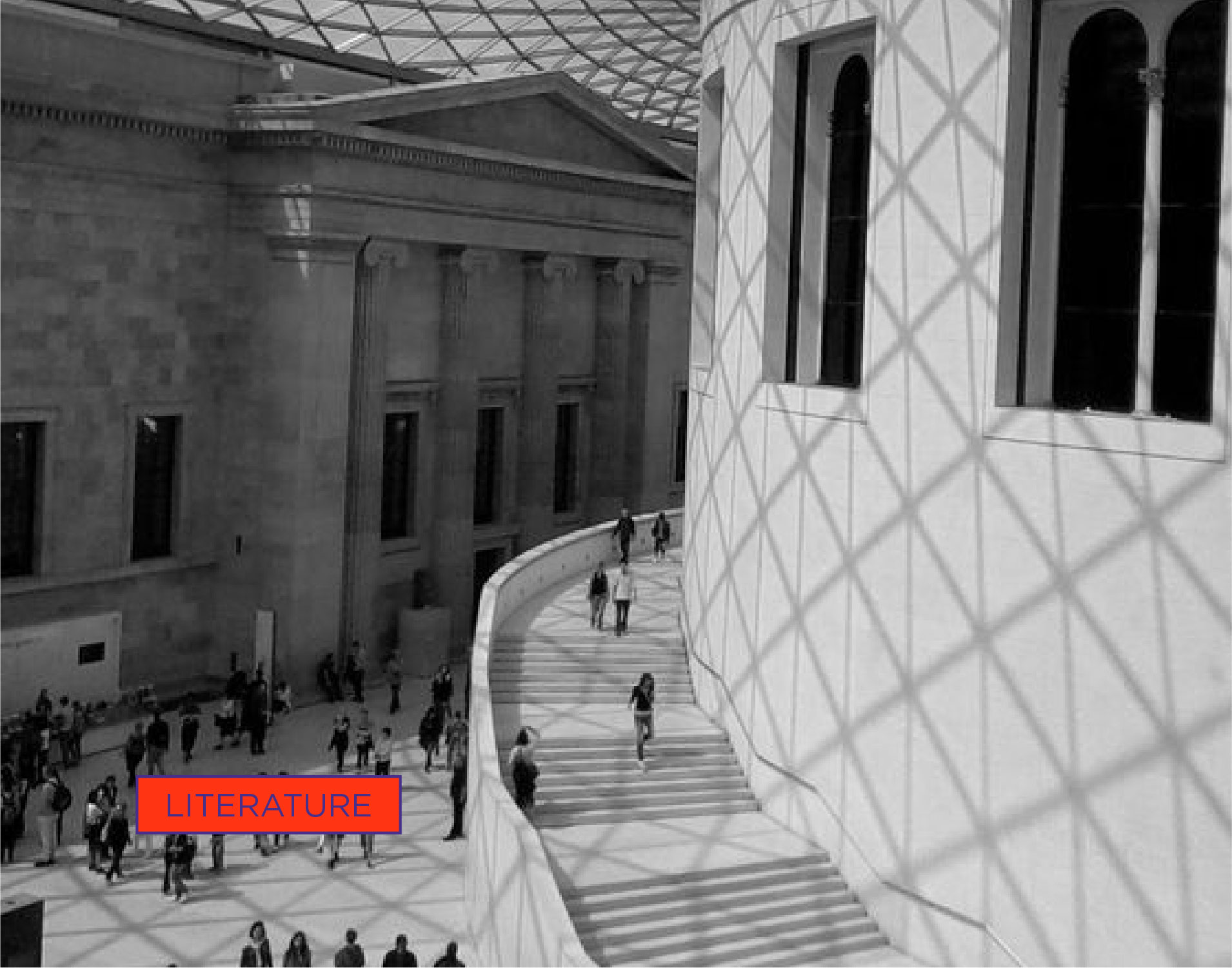The museum: a space that lives and contains life. Life that is both soul and matter, a matter that in turn transforms itself and becomes art, with that authentic power to communicate and trigger emotions.
Emotions are what more than anything else characterize and unite human beings. According to the neuroscientist Antonio Damasio, emotions are the true neurological and chemical means by which we understand and perceive the world, the means that forge who we are. The homeostatic mechanisms of our body, in fact, lead us to live an experience of the environment that is, above all, emotional. [1]
Emotional mechanisms are the most primordial neurological systems and are an essential part of human consciousness. According to Damasio, each and every decision we take is conditioned by emotional triggers and physiological memories that stem from previous emotional responses. A fascinating aspect of all this is that many moments of the past, recalled through sensory stimulation, provoke an emotional reaction that then occurs automatically and unconsciously. [2]
Mnemonic re-enactments are able to generate intense emotional responses that translate into feelings that belong to the actual current moment and that may be even more intense and deep than the original ones. [3]
«What and how we create culturally, and how we react to cultural phenomena, depends on the tricks of our imperfect memories manipulated by feelings».
Damasio 2018
In many museums a common problem that may observed is that people enter without adequate knowledge and therefore behave as passive visitors precisely because they do not have the necessary tools to understand the works on display or the caretaker choices that led to the selection of the works, to the exhibition’s narration and preparation.
Without a proper background culture, the unprepared observer will find himself carried away by the flow of the artistic experience and often remains unfavourably impressed, therefore unwilling to repeat such an experience in the future: a good level of knowledge is thus necessary in order to be a culturally aware utilizer benefiting from the neurological mechanisms of pleasure stimulated by artistic experiences.
The challenge is to apply neuroscience studies to the museum environment experimenting new narrative models that work on emotions and consequently on the mnemonic fabric of people, transforming passive visitors into active, participating, and conscious ones, protagonists of a research that will lead them to acquire new knowledge.
According to the most recent studies in neuroscience, in fact, the aesthetic experience felt by a visitor in the museum concerns that particular psychological moment in which the processing and synthesis of perceptual data brace memory, the observer’s expectations, his emotional reactions and his personal cognitive evaluations, giving life to a complex system of pleasure that is activated during the appreciation of beauty and in the contemplation of objects, people and situations. [4]
Through the theories of Experimental Aesthetics, i.e. Neuroaesthetics and Cognitive Psychology’s latest research, the fascinating idea of being able to create innovative immersive, emotional and corporal realities based upon scientific studies that leverage human memory emerges, so as to be then able to generate a new cultural and experiential baggage. Through art and set-up techniques it is possible to stimulate the personal emotions and experiences of visitors in order to stratify new knowledge, new mnemonic values and to satisfy that desire for curiosity and learning inherent to each one of us.
It is becoming increasingly fundamental in the museums of the last generation to arouse emotions through the use of an unconventional narrative instrument – together with sensory stimulation based on bodily interaction by means of both physical and virtual devices deriving from the study of the human sensory-motor system – whilst the visitor is experiencing space.
Based on these assumptions, the museum can no longer be conceived exclusively as a static container of works of art, but rather as a place that leads the visitor into a journey that delves into their emotions through a new concept of storytelling and museum experience that is able to satisfy the emotional expectations and psycho-physical needs of users through the stimulation of endorphins and the reward of pleasure.
The application of neuroscience to the field of museums can concretely contribute to the possibility of transforming the conventional museum into a large social incubator with a high educational value that intends to attract different types of users, coming from different social and cultural backgrounds. A joyous place, where people can be correlated with each other through cultural values in which they identify themselves and live their own individual experiences and where relationships and the psycho-physical well-being of people acquire value through an experience that is together emotional, meaningful and source of growth.
Bibliografia
Damasio 2018 – Antonio Damasio, Lo strano ordine delle cose. La vita, i sentimenti e la creazione della cultura, Adelphi Edizioni, Milano 2018. (The strange order of things. Life, feelings, and the making cultures);
[1] H. F. Mallgrave, L’empatia degli spazi. Architettura e neuroscienze, Raffaello Cortina Editore, Milano 2015
[2] Antonio Damasio, Lo strano ordine delle cose. La vita, i sentimenti e la creazione della cultura, Adelphi Edizioni, Milano 2018.
[3] Antonio Damasio, Lo strano ordine delle cose. La vita, i sentimenti e la creazione della cultura, Adelphi Edizioni, Milano 2018.
[4] A. Savino, O. De Clemente, Neuroestetica. Bellezza, arte e cervello, Nuova IPSA Editore, Palermo 2020.
Cover: Foster + Partners, Great Court at the British Museum, London 2000
By Maria Chiara Monacelli

